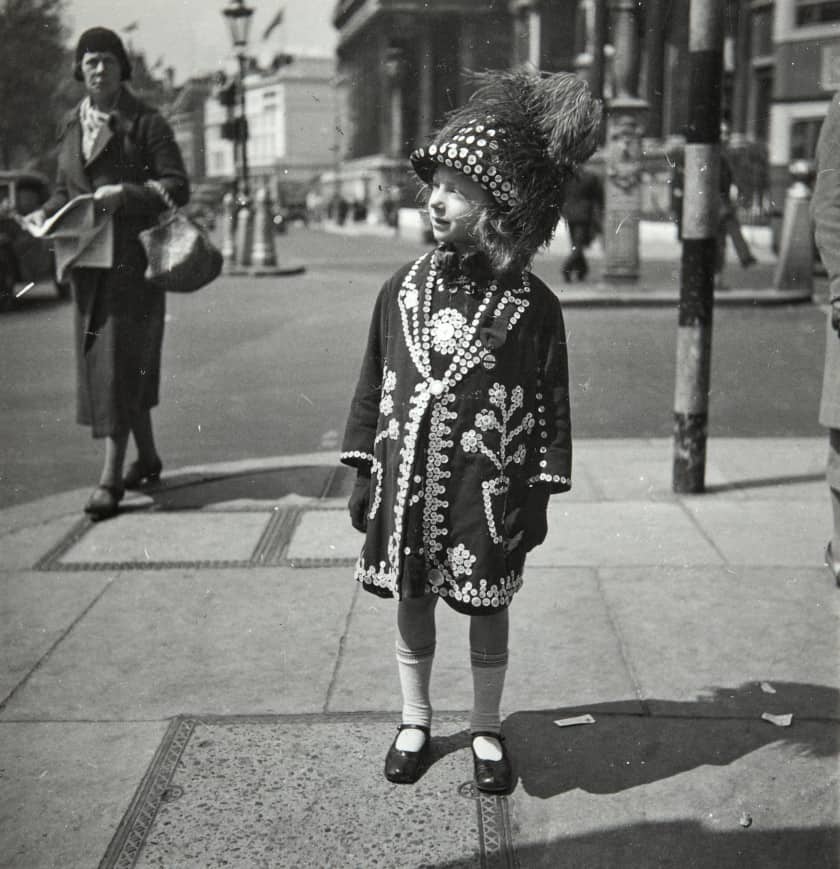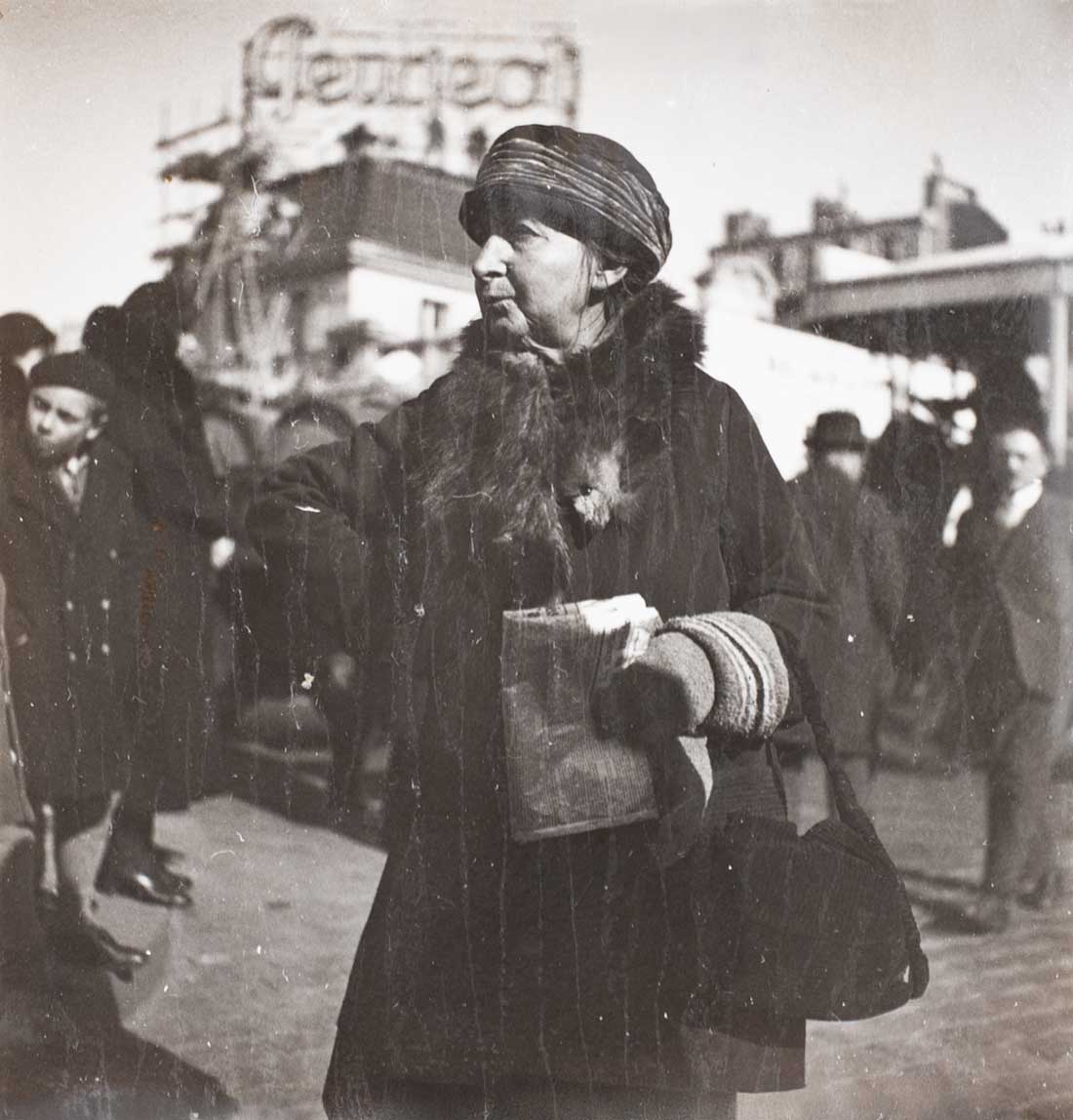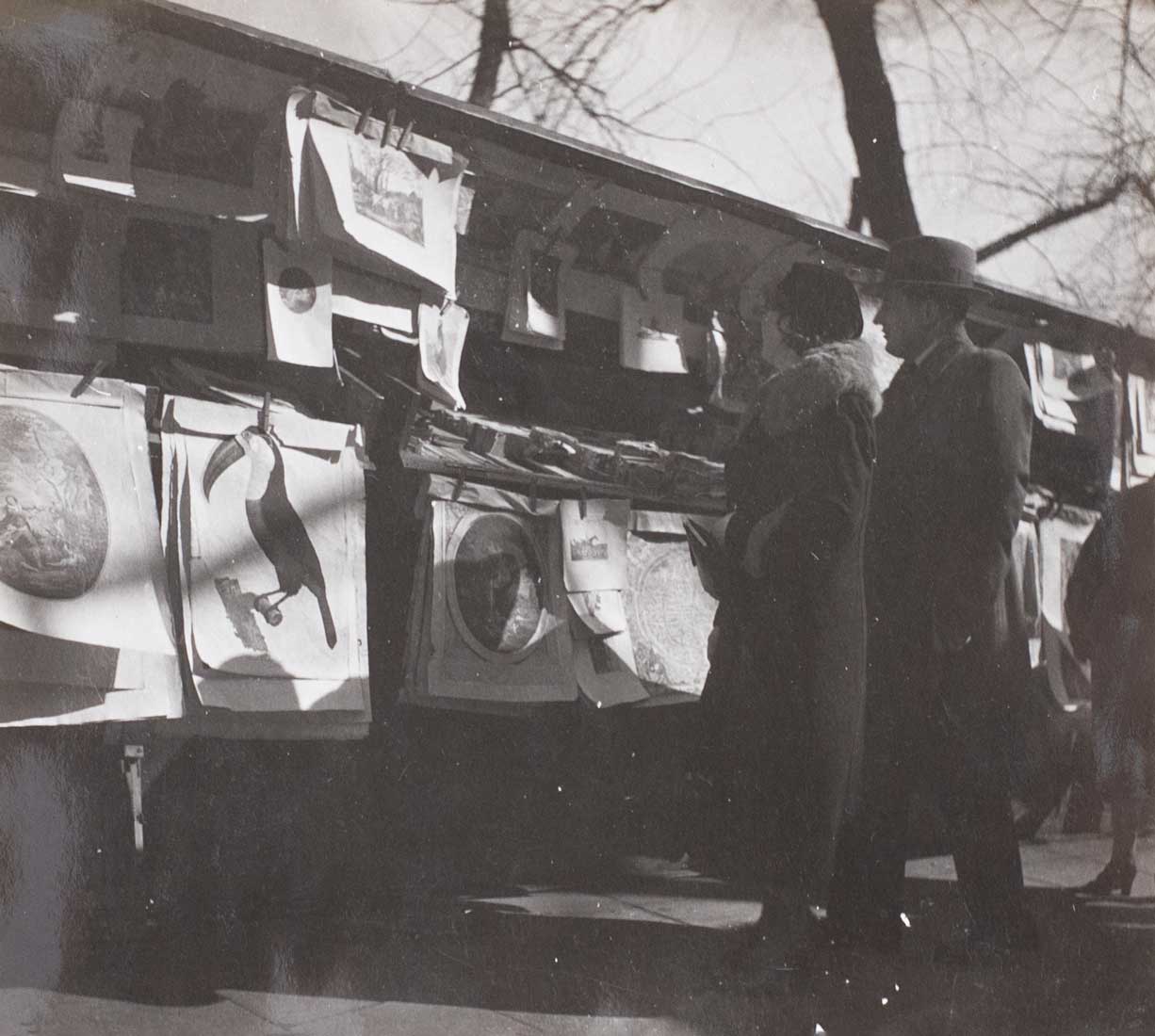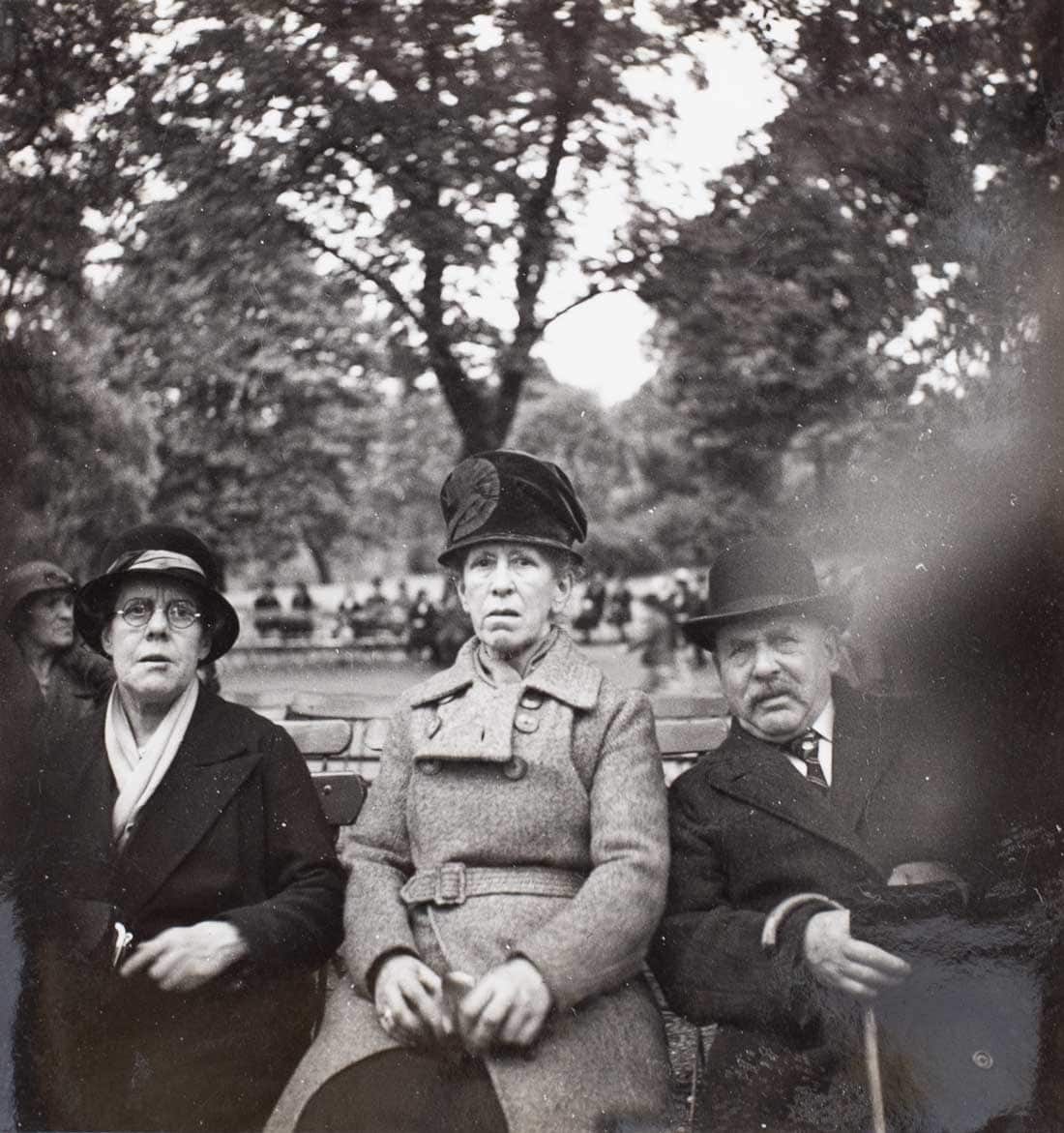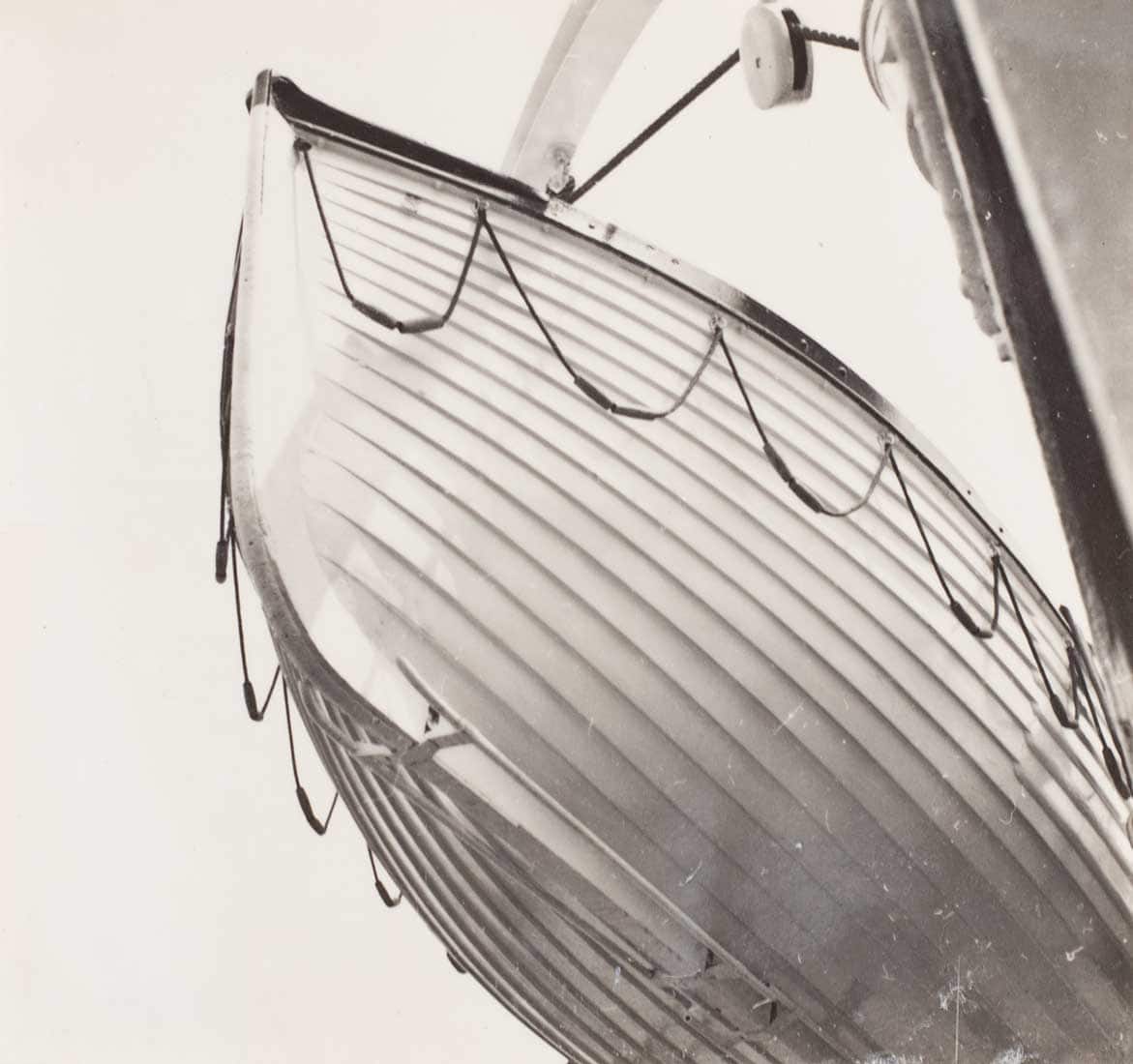Pathfinders: Ilse Bing, Kati Horna, Dora Maar
18.07 – 13.09.2025
Includes:BingHornaMaar–
Closed
Hours
Monday to Friday, 11:00am – 5:30pm
Saturday, 10:00am – 1:00pm
Gallery
45 Maddox Street
London
W1S 2PE
Huxley-Parlour are pleased to announce Pathfinders, an exhibition presenting important photographic works by Ilse Bing, Kati Horna and Dora Maar. Though shaped by different trajectories, these three artists shared an acute sensitivity to modern life: its velocity, its fragmentation, and its dislocations. Working in the shadow of political upheaval, each turned their camera toward the street, the surreal, and the overlooked, forging a new visual language for the Modern age.
Includes: Ilse Bing, Kati Horna, Dora Maar
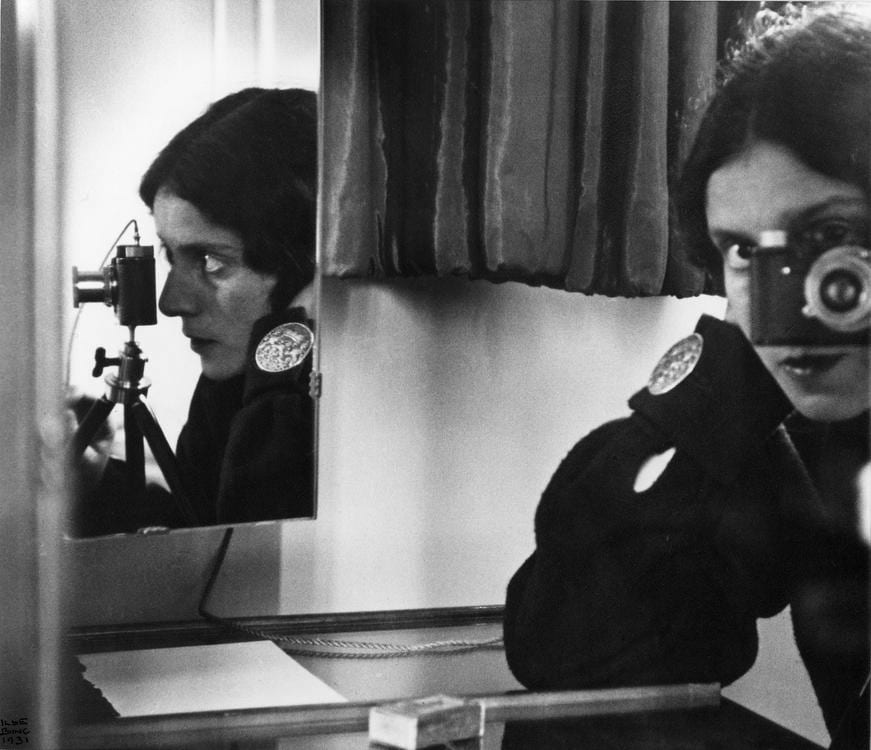
Ilse Bing, Self Portrait with Leica Camera, Paris, 1931
Though each artist navigated her own distinct practice, seen together, these three singular takes on Modernism chart a path of reinvention. Their work spanned decades and continents, moving from Surrealist inflected street photography to experimentation with photomontage, solarisation and other darkroom techniques. Pathfinders brings three oeuvres into dialogue, illuminating how each shaped photography as a mode of modern seeing. Their artistic trajectories echo those of countless other creatives displaced by war and authoritarianism, figures whose lives were rerouted by history and whose visions bear the imprint of exile. Together, Bing, Horna, and Maar forged new routes shaped by resistance, reinvention, and the imagination.
Highlights
6

Ilse Bing (1899-1998), working with a Leica, brought a radical precision to the observation of daily life. The works on view – depicting dancers at the Moulin Rouge and circus performers – demonstrate her pursuit of clarity in motion. Other works depicting fleeting urban moments shot from innovative, unexpected angles are characteristic of the emerging language of the ‘New Photography’, and helped define the visual lexicon of European Modernism. A German Jewish émigré, Bing was held for a period in an internment camp in France, before escaping to New York in 1941. Here she experimented with night photography before her work took on a more introspective tone in response to exile and displacement.
Kati Horna (1912-2000) was born Katalin Deutsch, and lived in Budapest, Berlin and Paris before relocating to Barcelona to collaborate with antifascist networks during the Spanish Civil War. Her images of wartime Spain offer a distinct gendered perspective of the bitter conflict. Fleeing Nazi persecution, she emigrated to Mexico in 1939. In Mexico City, she was a central figure in a community of exiled Surrealist artists that included Leonora Carrington and Remedios Varo. Works on view in the exhibition, featuring bodies distorted by glass and obscured by masks, demonstrate a personal photographic language rooted in the theatrical and the uncanny.
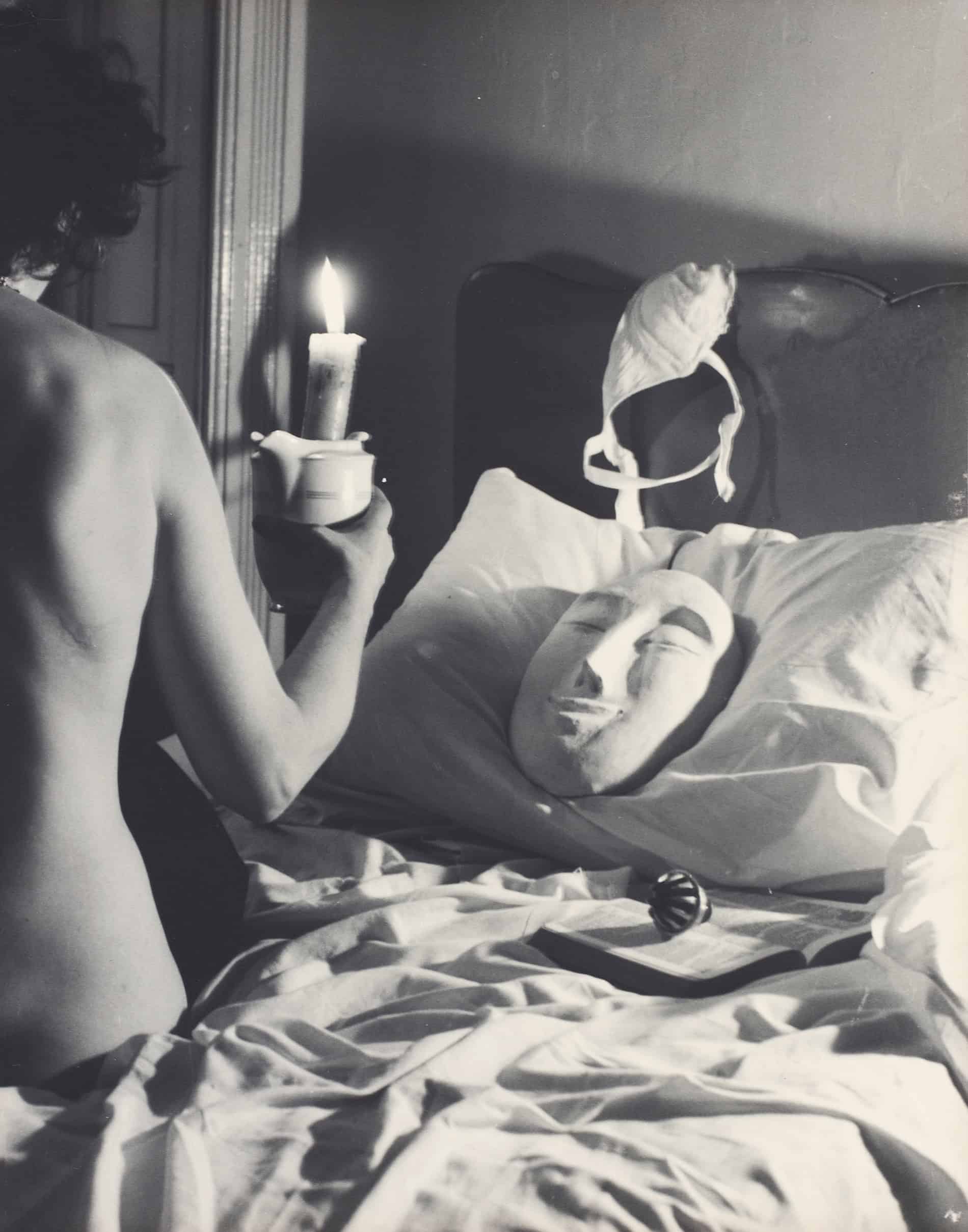
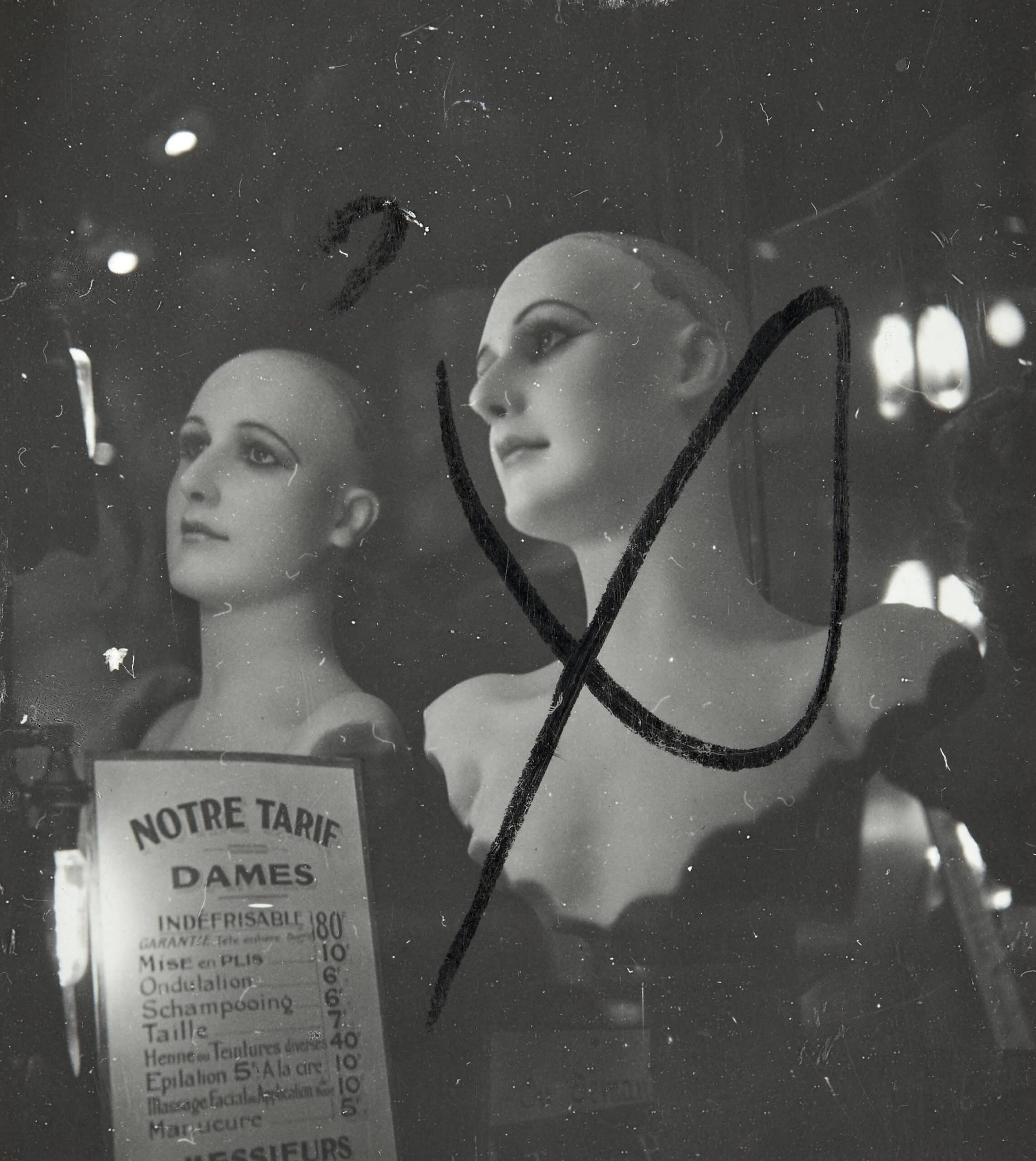
A group of vintage contact prints from the 1930s reveals Dora Maar’s (1907-1997) sensitivity to juxtapositions of form, surface, and the surreal. Her images – of mannequins, deserted streets, and fractured reflections – offer quiet dislocations of the real. Working with a handheld Rolleiflex, Maar embraced urban life while hinting at its strangeness. Maar’s photographic career was disrupted by the Nazi occupation of Paris, leading to a period of withdrawal and introspection that profoundly shaped the tone of her later work.
The Exhibition
4




The Works
43
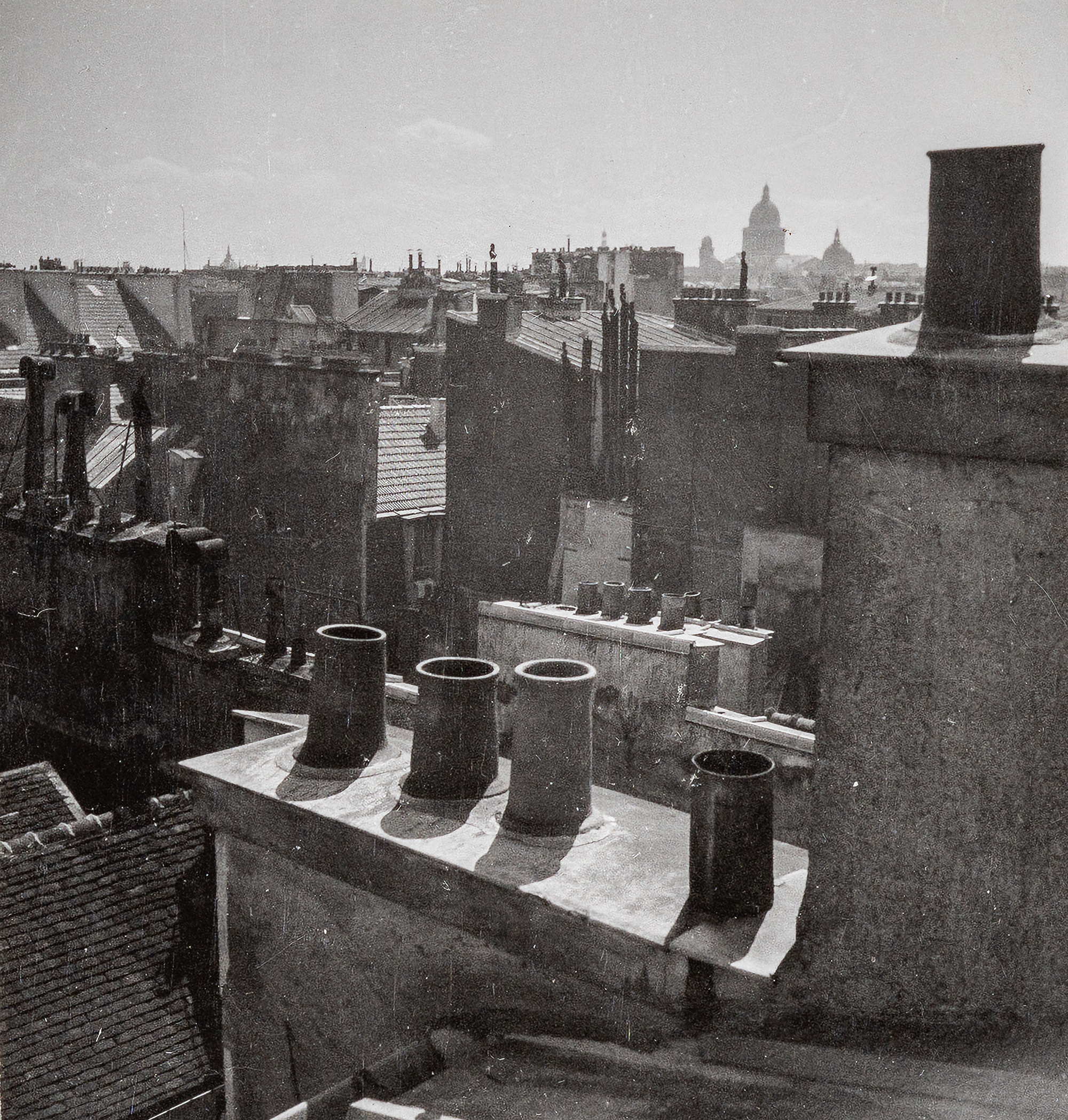
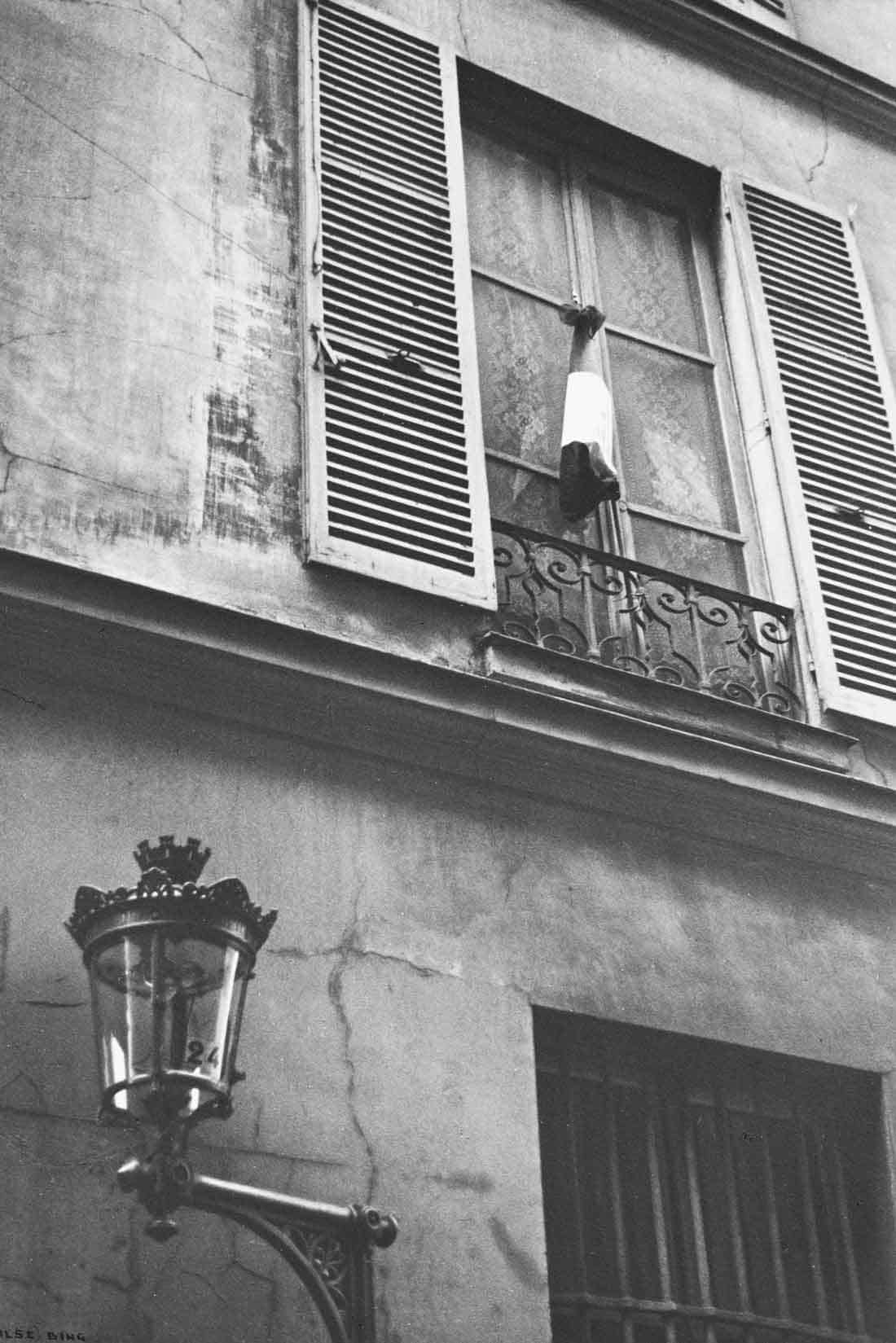
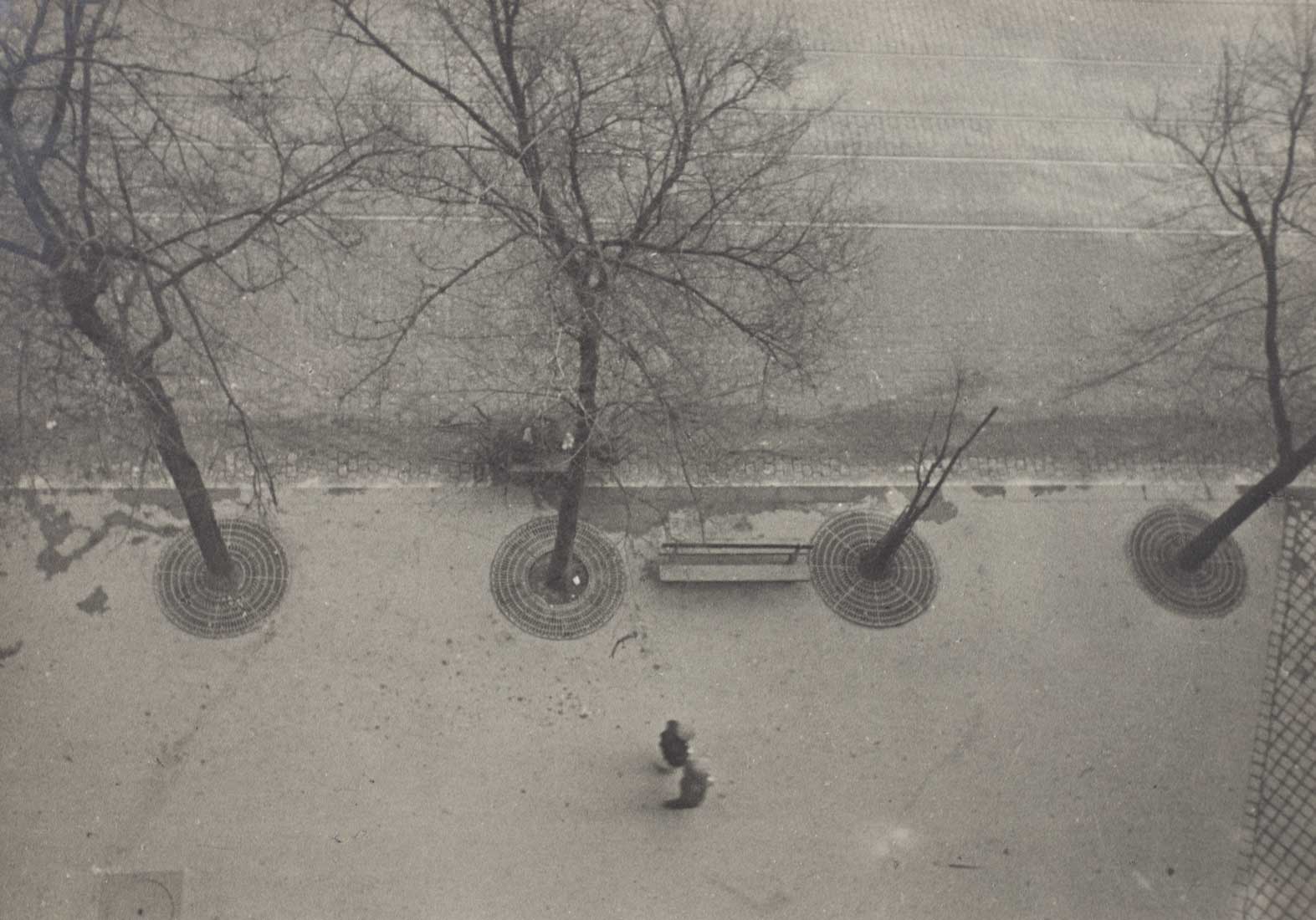
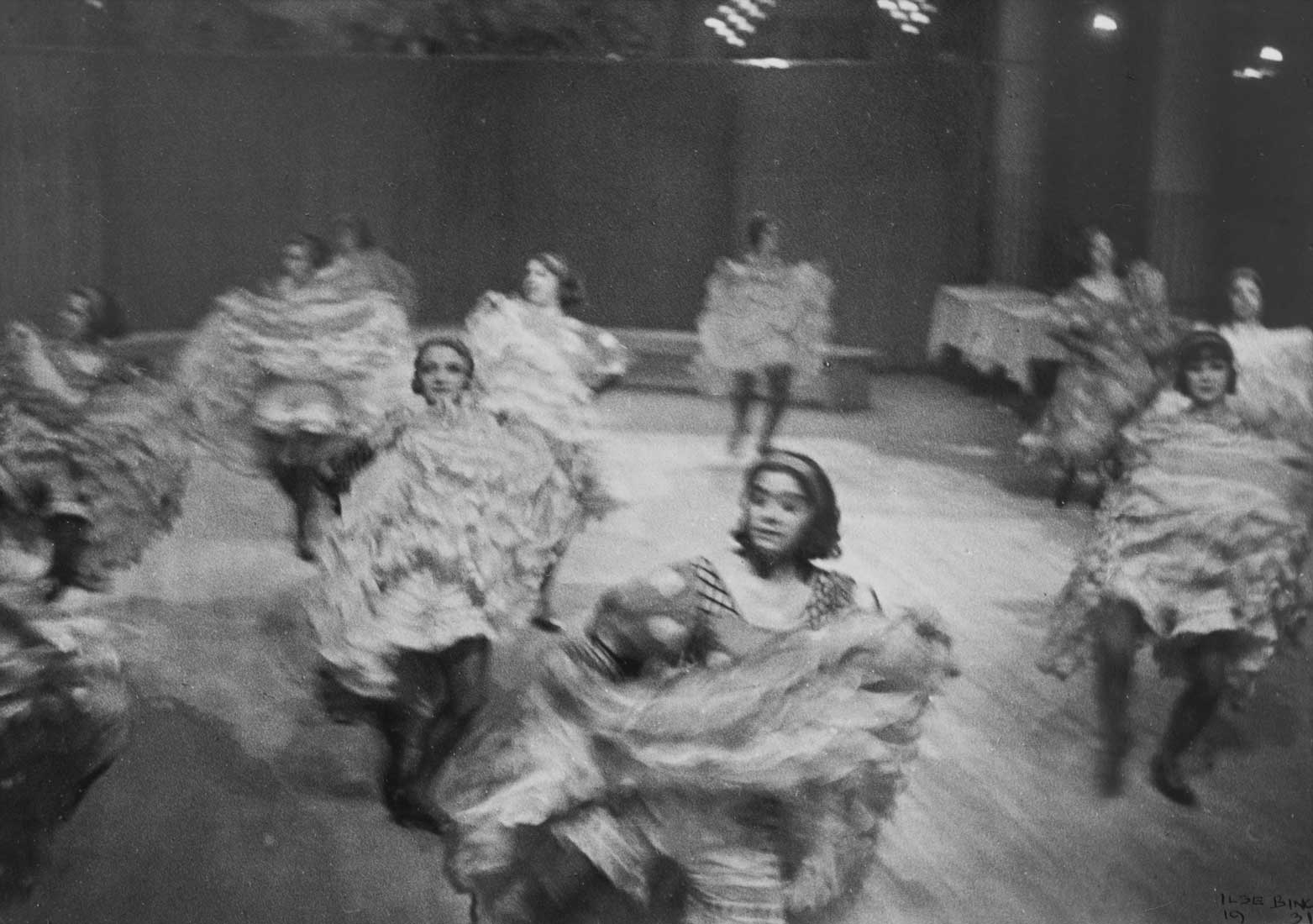
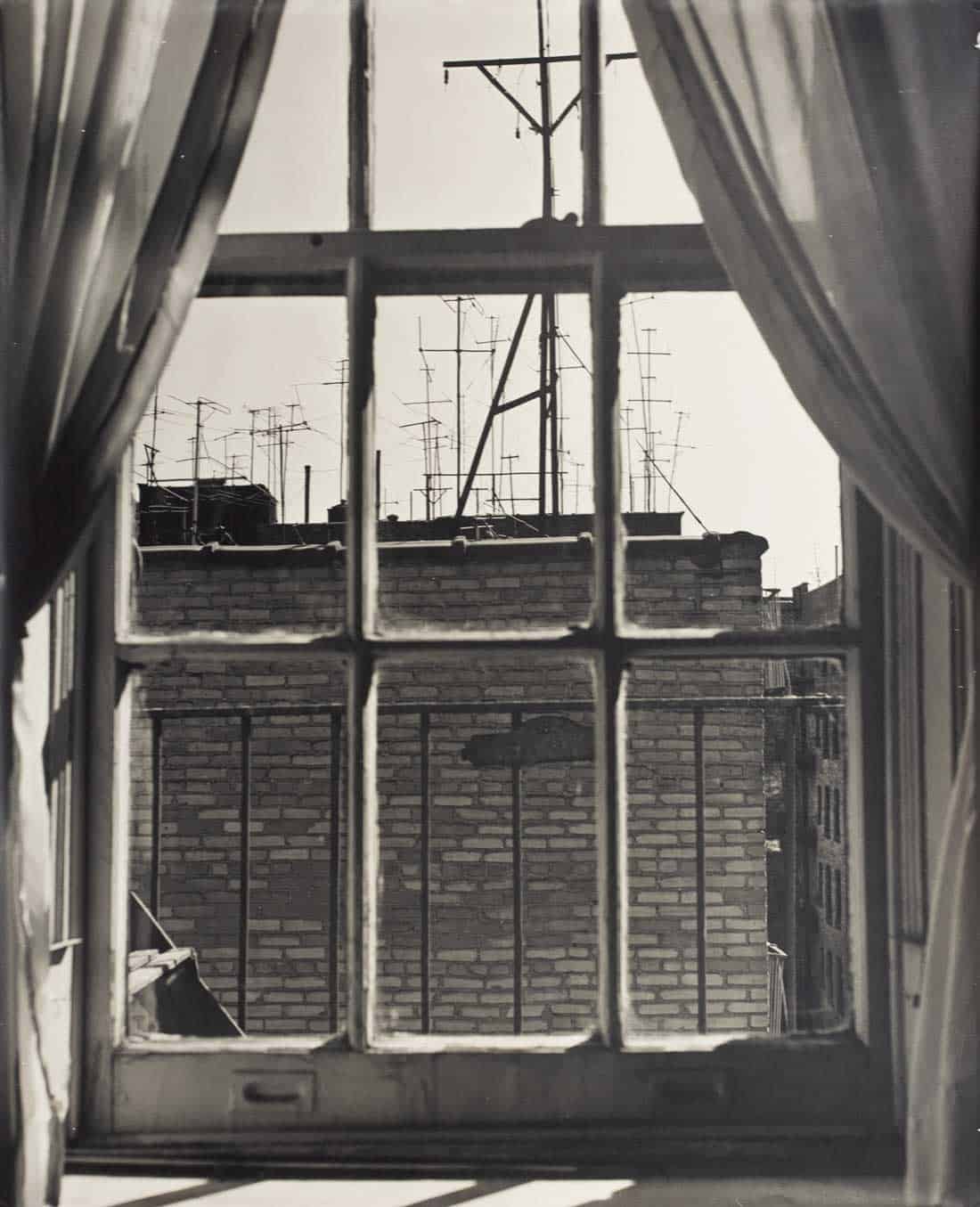
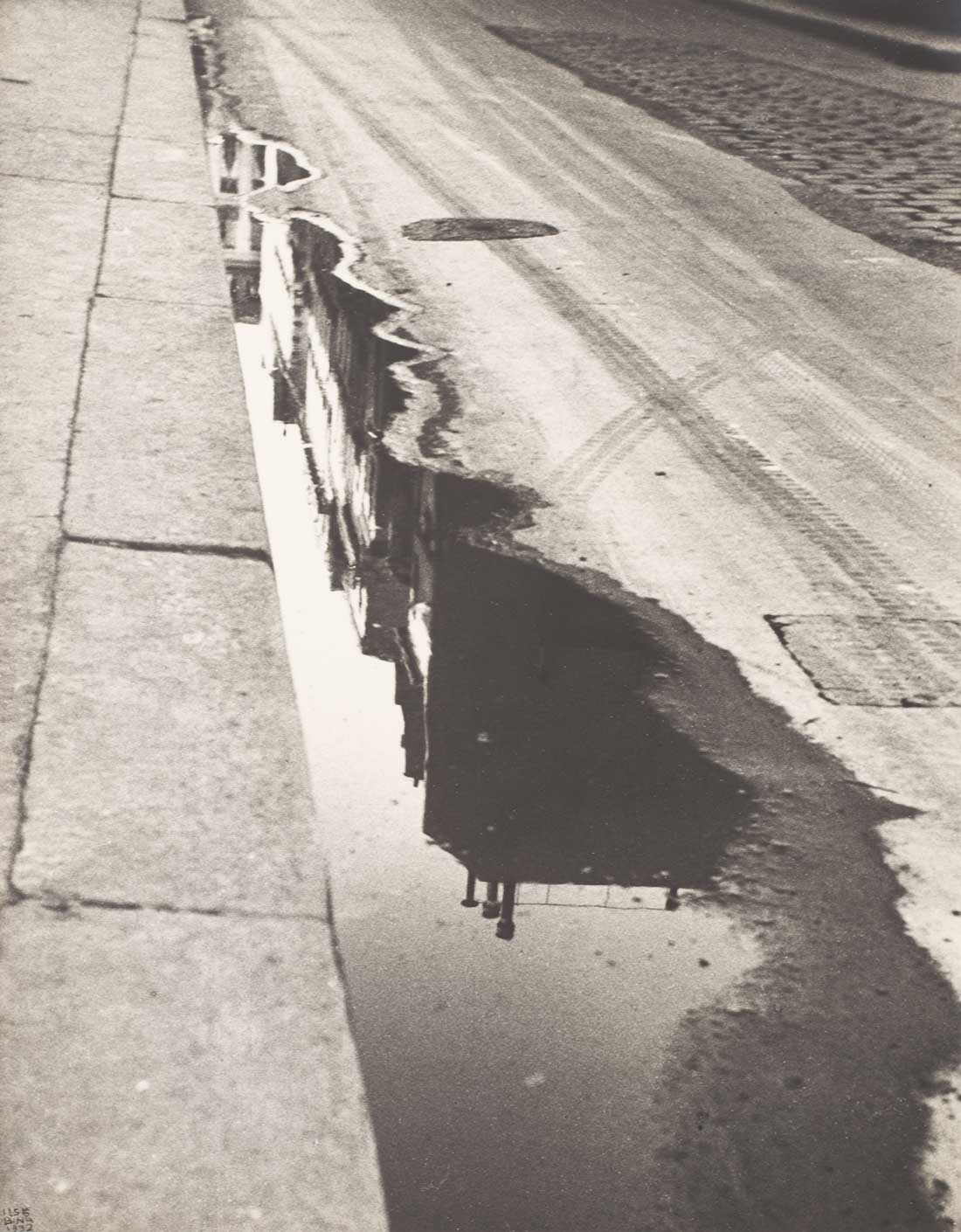
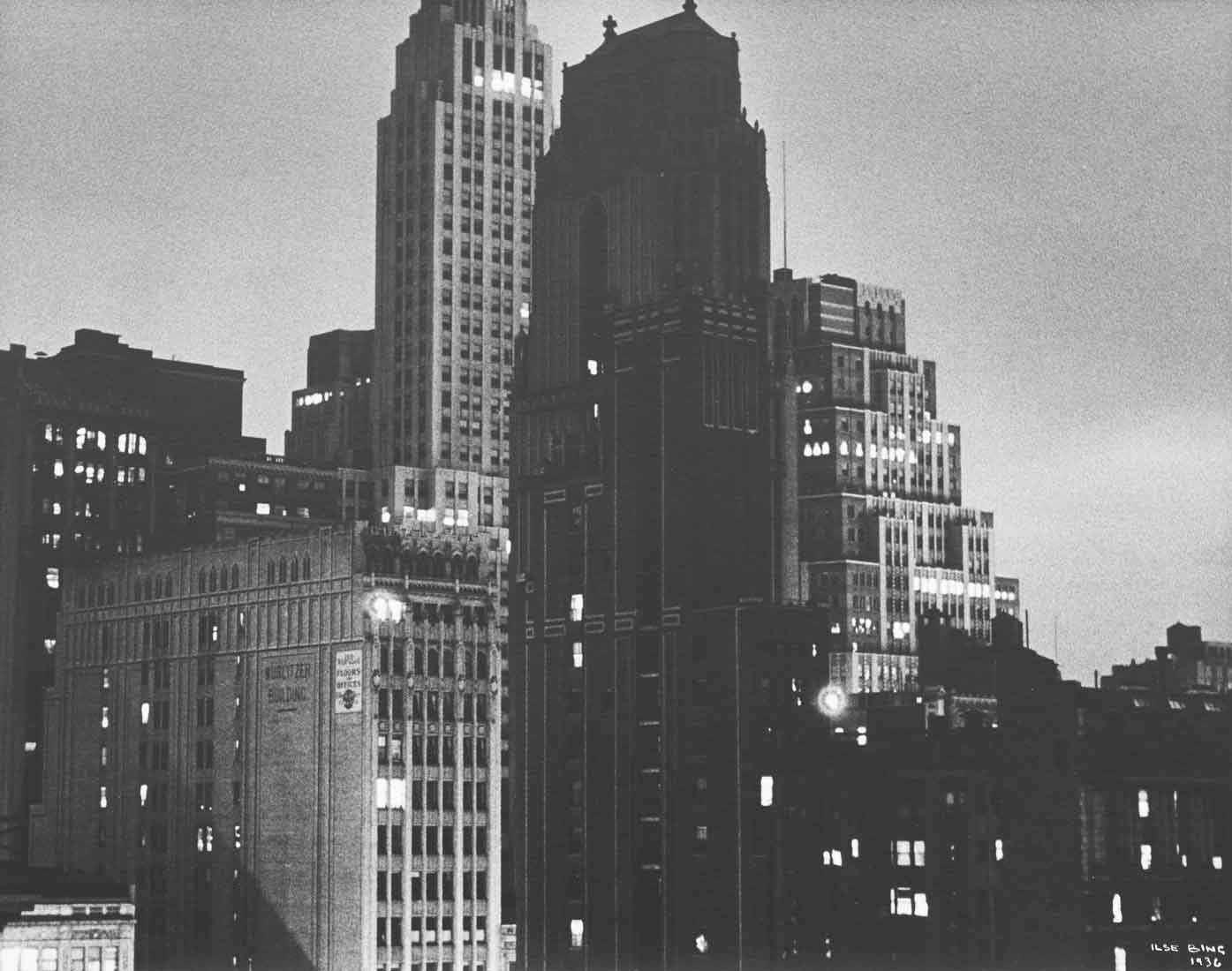
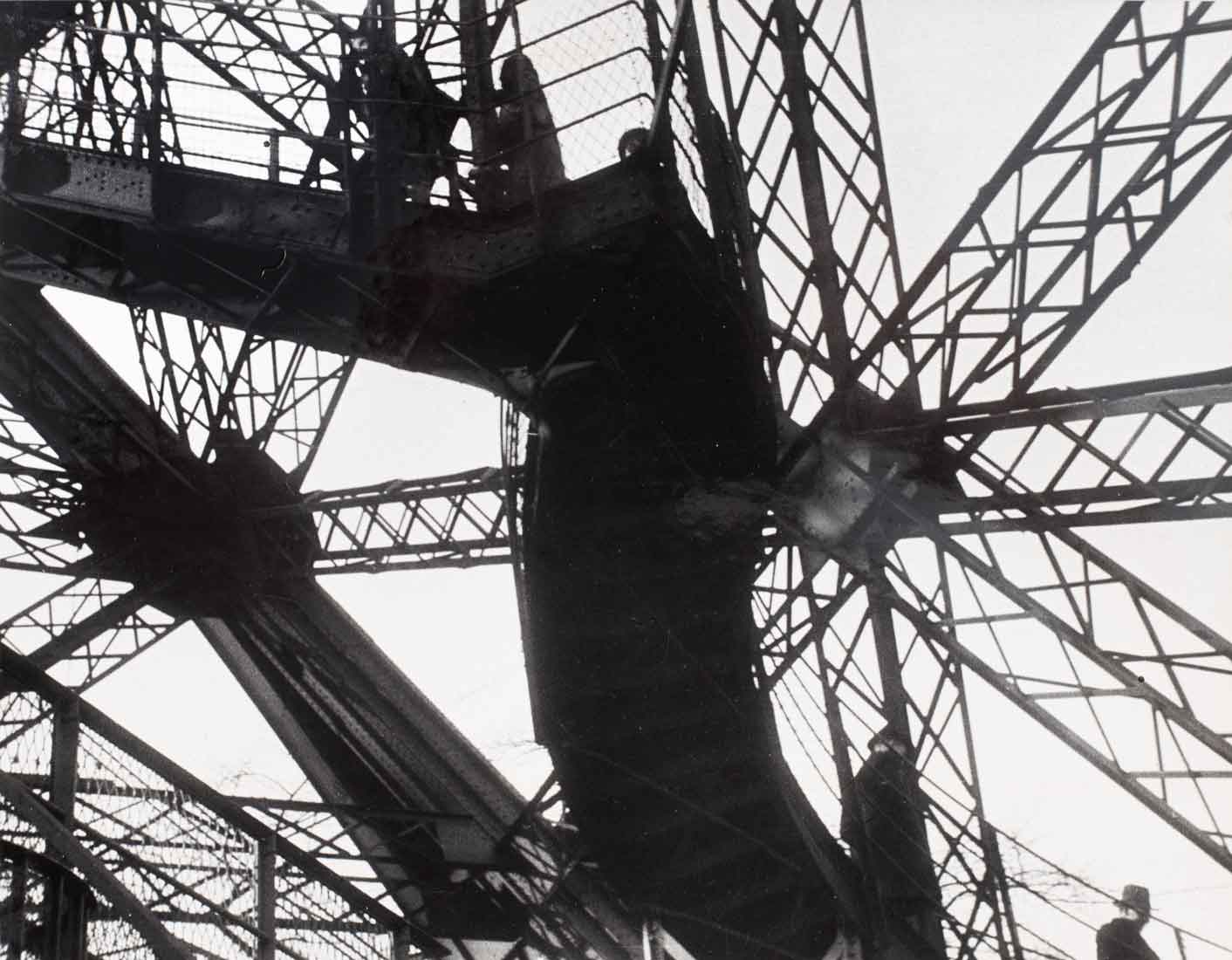
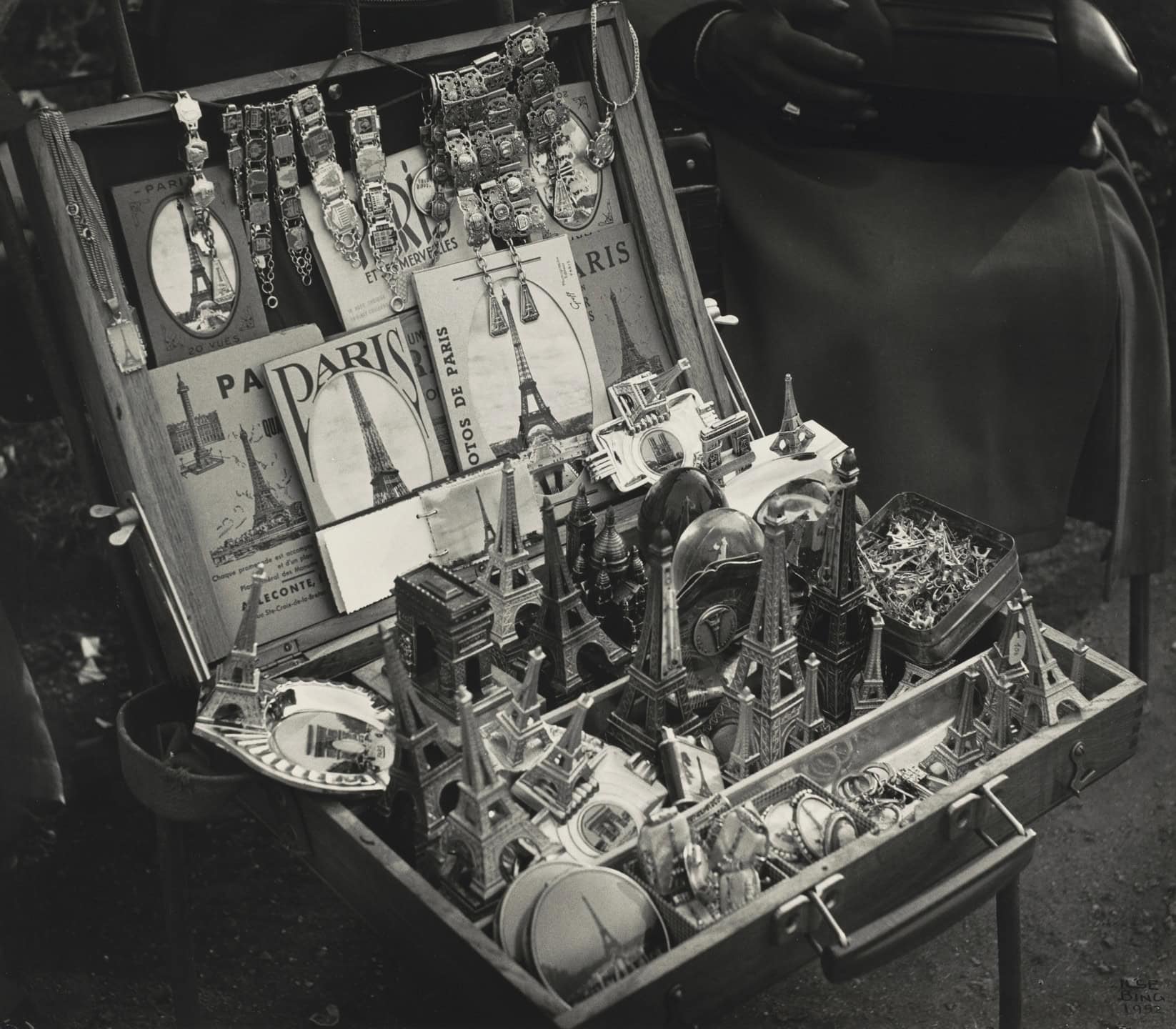
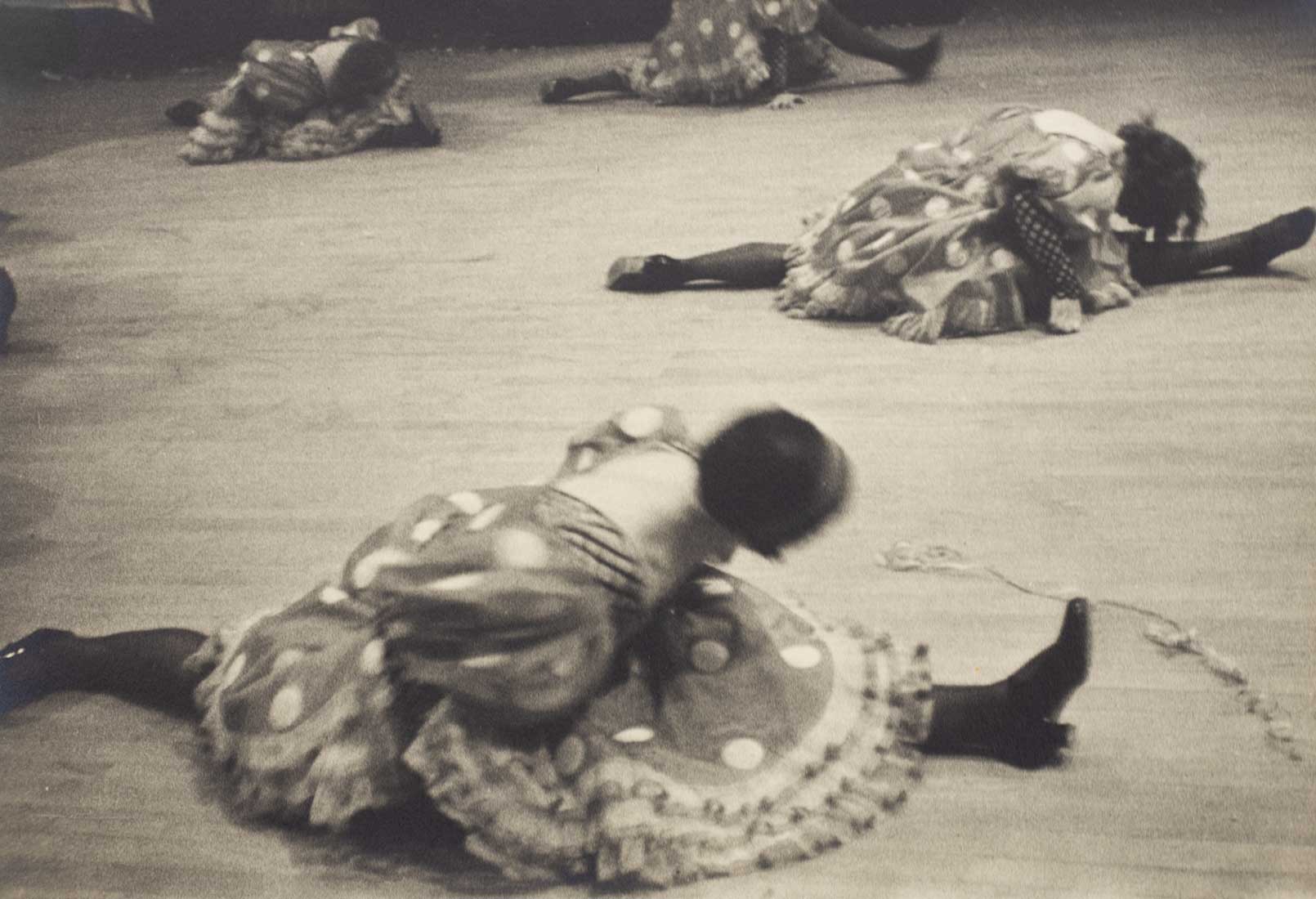
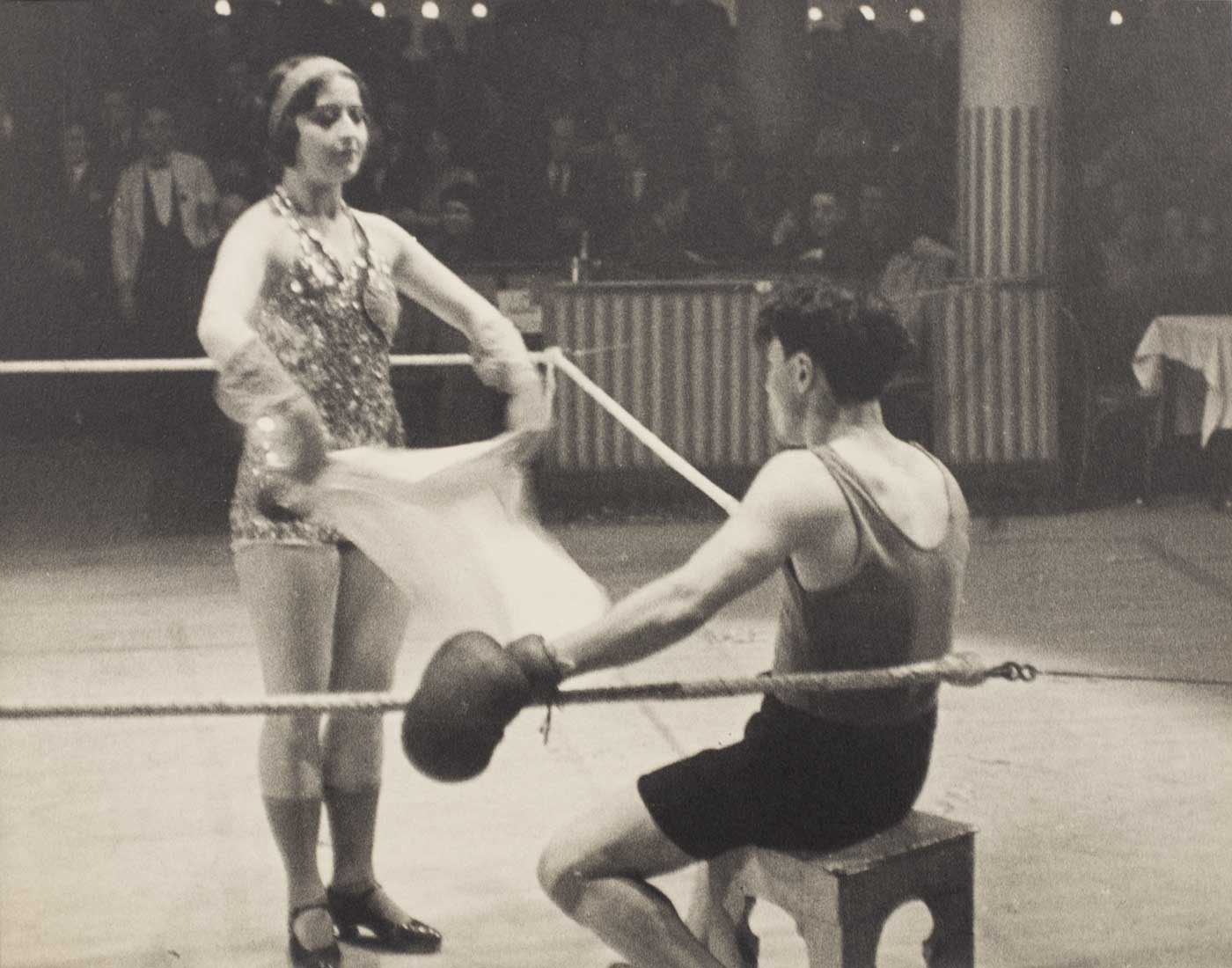



















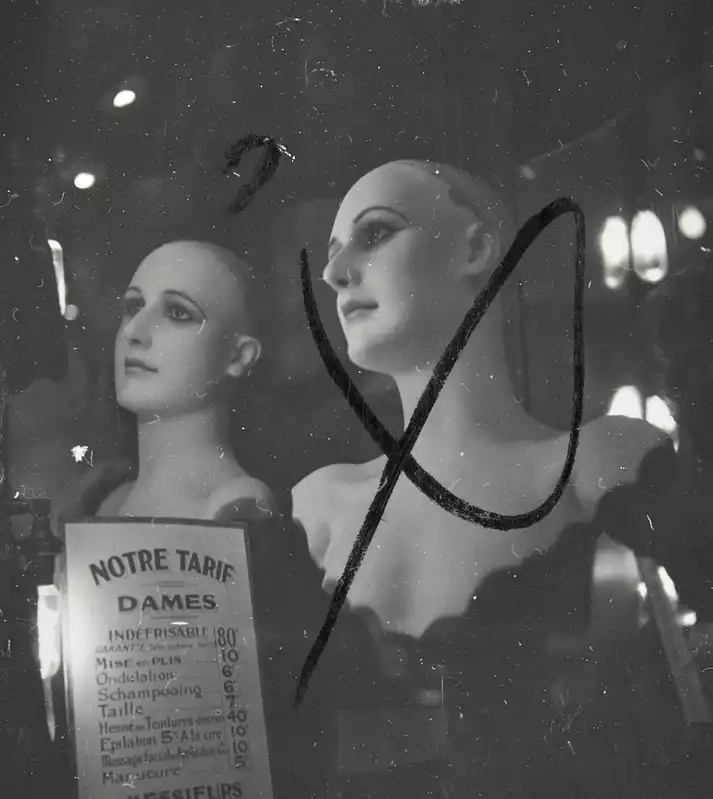
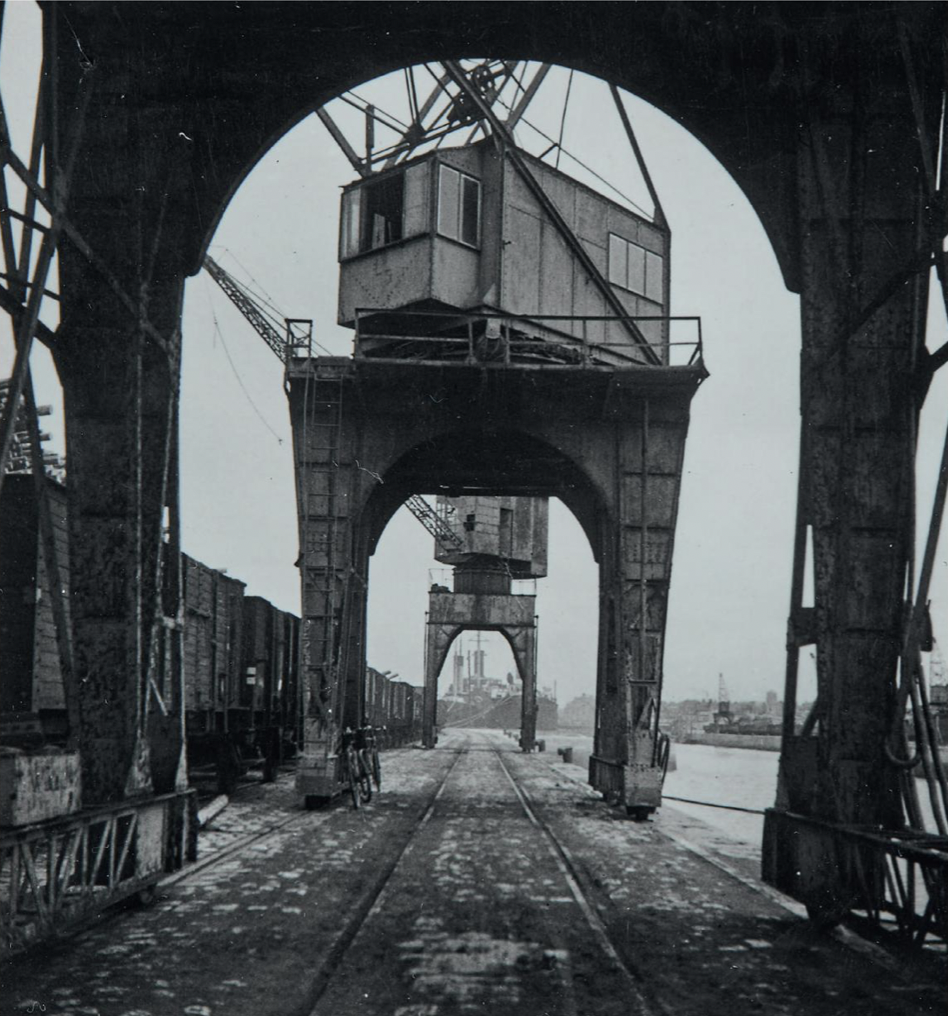
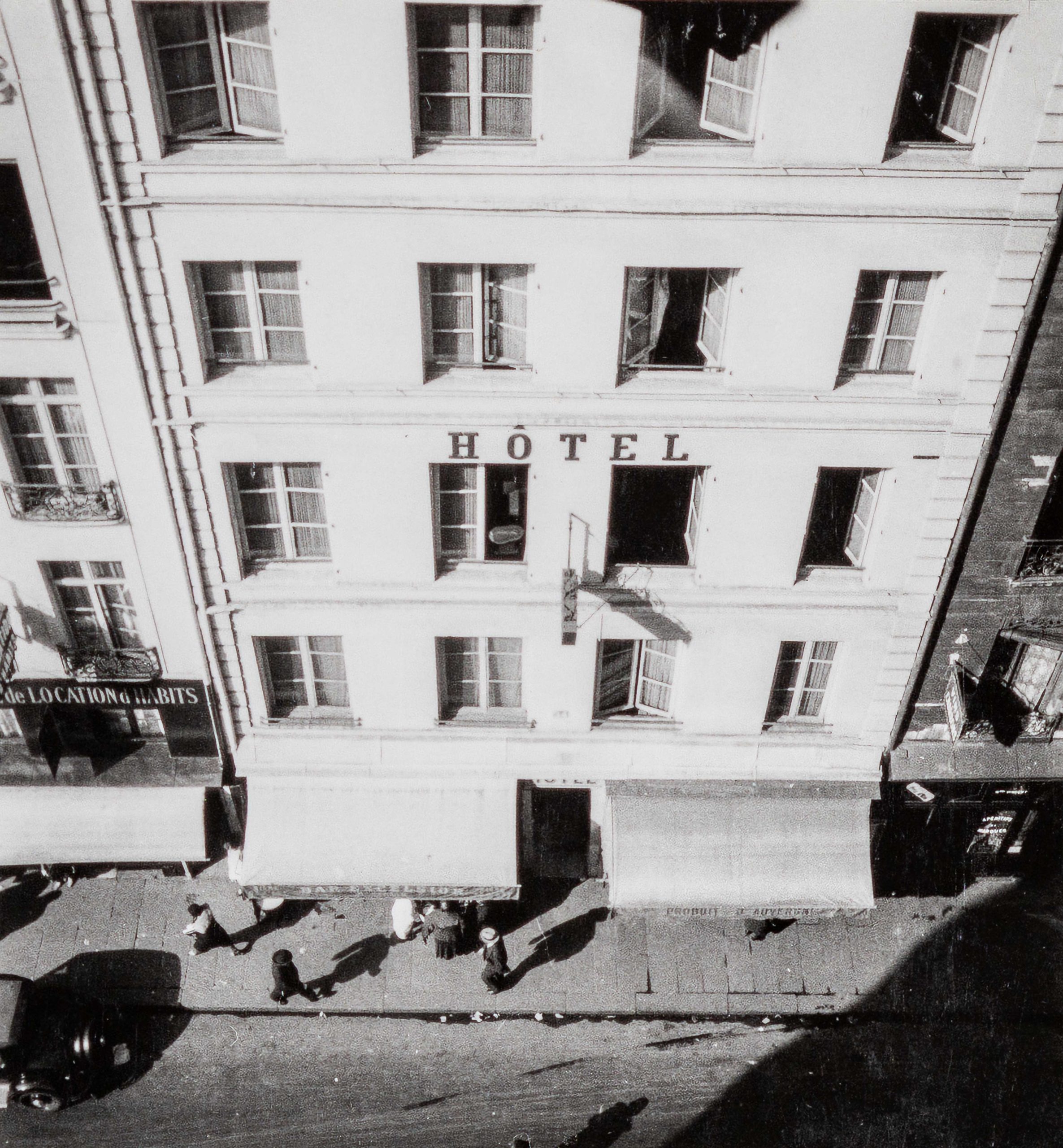
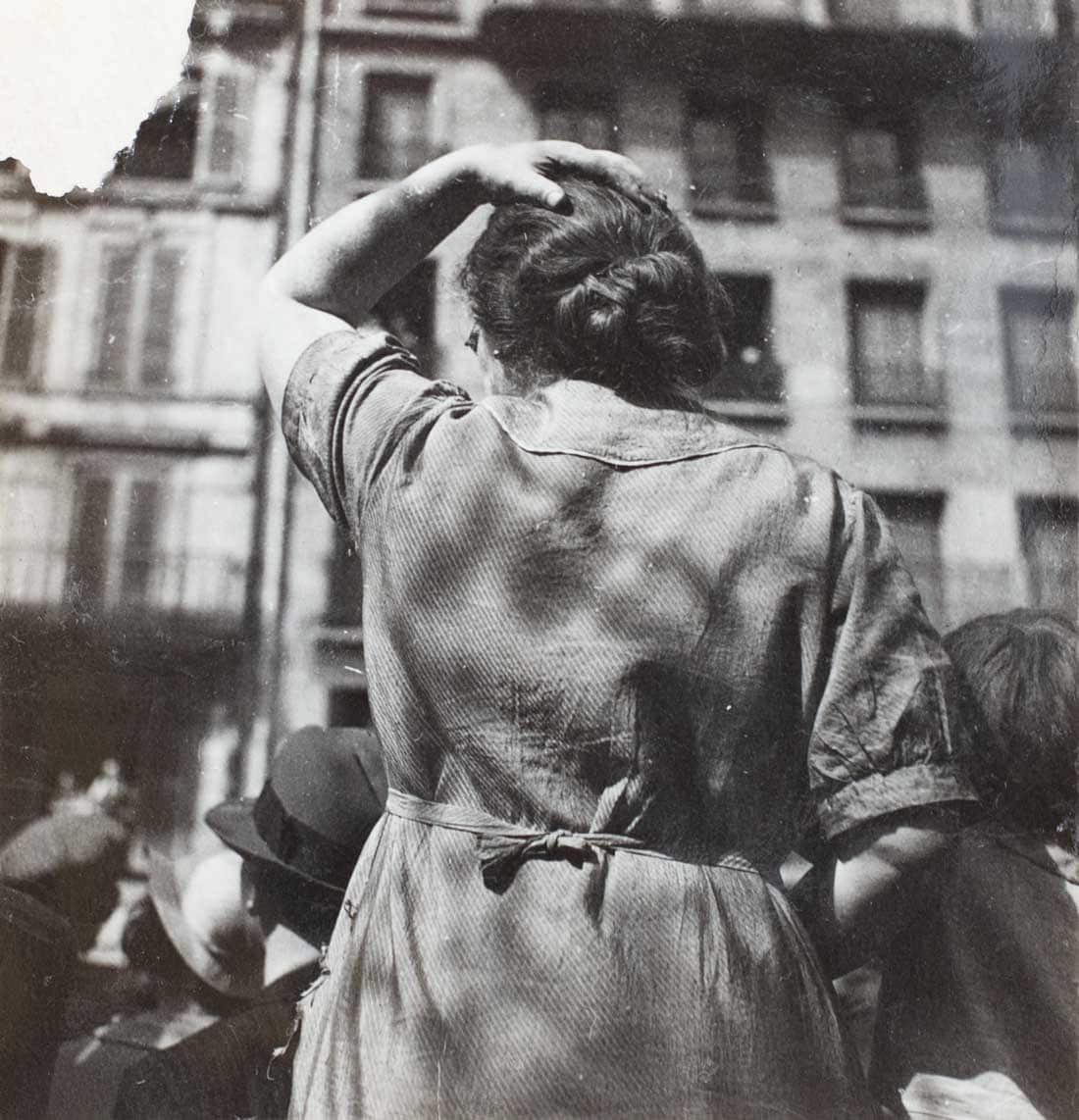
![Dora Maar, Singers on Crutches, London [Chanteurs Unijambistes, Londres], 1934](https://huxleyparlour.com/wp-content/uploads/2025/01/Screenshot-2023-03-27-at-11.17.12.png)

